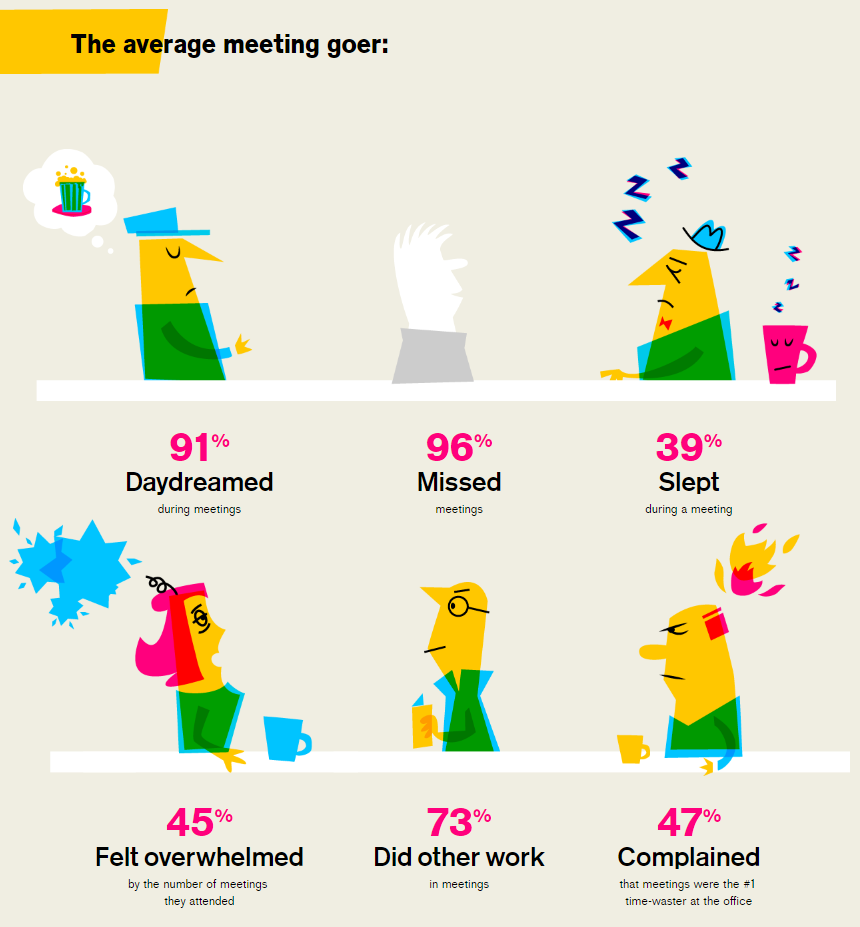Productivity Boost: Don’t Spend Your Day Putting Out Fires

If you’re anything like me, you’ve been in this situation before.
You start your day with a big to-do list. There are several projects you want to push forward, a few phone calls to make, and that one big task that you absolutely must do.
You spend your ride to work creating a plan of attack. You’ll stop at the database admin’s desk first thing to see if they get made any progress on that bug, then you’ll call the customer who complained about it. Next, you’ll email that Really Big Customer for the weekly check-in. Finally, you’ll start working on that documentation expansion project.
But the moment you step into the office, your plan unfolds.
There’s an emergency that needs to be handled immediately. Perhaps a customer is complaining about being unable to use your product. Maybe there was an error in your documentation and 50 people are emailing questions. Or maybe you have to deal with the worst problem of all – a customer threatening to cancel their service.
Customer Success Managers deal with this lifestyle every day. You spend a majority of your day solving immediate problems. To-do list items are pushed to tomorrow and next week. Schedules are abandoned by 11 AM. You spend all your time putting out fires.
This pattern is survival, not progress. The company survives, but it’s no stronger at the end of the month. Each day brings you one step closer to burnout.
Doing well at Customer Success means switching from a reactive to a proactive mindset. It means controlling your environment. But, how do we do that without letting those fires burn?
Isolate the biggest problems

Let’s say a customer is having an issue logging in. The customer can’t find any value in your product if they can’t access it, so this is a big problem. You have to respond to their complaint immediately before they find a new service, so you get to work putting out another fire.
Fortunately, after consulting with the web developers, you realize that the customer is clicking the “I AM NOT A ROBOT” box too quickly. You instruct the customer to pause a moment and everything works.
Later that week, another customer complains about struggles logging in. They’re having the same problem. You’re able to look back through your emails to find the solution you gave to the previous customer. You may even use some copy/paste language.
Now whenever a customer complains about this specific problem, you have a ready-to-go solution. Easy, right?
Not so much.
For one, you’ll have to respond to every customer who complains about this problem. Even if you copy and paste a template into an email, that takes time away from other tasks. Second, who knows how many customers aren’t complaining, but just deactivating their account and moving on.
Even though you’ve identified and solved a common problem, you haven’t fixed it. You have a Band-Aid fix in your toolbox now, but not a real solution.
A proactive solution would be to fix the problem at its source. In this case, you would speak with the developers and have them push a fix as soon as possible. Have them move it to the top of their to-do list. Explain that if some are complaining, others are just walking away.
While this step takes an extra moment of your time, it stops future fires.
Isolate the problem that comes up the most. Target this issue with all of your available resources. Once it’s solved, snowball your resources into the second most common problem. Your goal is to swiftly create room in your schedule so you can tackle big, sweeping projects.
If you work on self-directed projects, it can be easy to push them off. No one is tracking your progress, so you’ll do it another day. But this creates a cascading effect where the work you want to do falls from one to-do list to the next and never actually happens. Instead, give your open-ended projects and tasks their own deadlines.
Dilip Soman, professor at the University of Toronto, recommends keeping your deadlines near to the present so they aren’t easy to abandon. Sure, you can blow these off too, but you’re less likely to.
Blow off your meetings
According to enterprise software developer Atlassian, the average worker considers half of all meetings unproductive, wasting 31 hours each month.

Often meetings are booked without a plan. The scheduler doesn’t have a clear purpose or agenda for the appointment. There’s no objective and no way to tell if the meeting actually served its purpose.
The worst types of meetings are “brainstorming sessions” wherever sits around trying to generate ideas on the spot. Most people try to say just enough to get them out of the meeting. These are enormously unproductive.
Imagine what you could do if you could skip half of your meetings and use that uninterrupted time to get some work done.
Before you book or agree to a meeting, ask yourself if it’s really necessary. Can the discussion take place over email, the phone or a Skype video call? Does it have a clear beginning and end time? What’s the purpose of the meeting and how will we know if you’ve accomplished your goal? If any of those questions can’t be answered, a meeting would be unproductive and keep people from performing work that’s actually meaningful.
If you do have to hold a meeting, try a stand-up meeting. Instead of a conference room, pick a corner in a cafeteria, lobby or hallway. Standing meetings have some surprising benefits. A psychology study published by SAGE found that they increase arousal and group performance so you get through the meeting quickly.
Delegate to other people
Customer Success fires usually aren’t as simple as “I forgot my password.” Hopefully you have customer support for that stuff. It’s unlikely that every problem you face is a quick and simple fix. Instead, you’ll have to rely on the help and involvement of other people.
The beauty of delegating is that you get things in motion without doing much. If you see customers popping up who don’t have much need for your product (and waste onboarding/training time just to find out the product doesn’t help them), the failure actually belongs to marketing and sales. You can consult, but ultimately those teams have to fix their targeting. The sooner you pass that information along, the sooner those types of fires quit popping up.
Instead of dealing with the first fire in your inbox, scan for problems that can be delegated to other people, even within your own CS team. You might see a problem that requires some information before you can solve it. In this case, send your top investigator to collect what you need.
Document and automate
Creating reusable systems is one of the cornerstone of Customer Success. You can’t be proactive if you have to re-solve the same problem over and over.
Automate absolutely everything you can. An automated solution frees you entirely from the problem. Information can usually be distributed automatically. For instance, a “getting started” email can help users being using the product immediately by pointing them in the right direction. Or you could batch schedule monthly check-in emails.
Documentation is useful for internal processes. You shouldn’t have to ask, “How did Dan help that similar customer last week?” Instead, the solution should be available internally for CSMs to customize for customers. Include anything in your documentation that will help the CSM or the customer, like graphics, charts, slideshows, scripts, templates, links, etc. Even an outline of the necessary steps will go a long way to save everyone time.
The bottom line
The goal here isn’t to prevent every problem before it occurs. Emergencies are inevitable. A solid Customer Success strategy is designed to minimize the occurrences of sudden fires that need your immediate attention.
When a fire does pop up, it can be hard to take a step back and look at the big picture. Sometimes it seems silly to think about tomorrow’s problem when today’s problem is right in front of you.
Keep in mind that being busy does not mean you’re being productive. It feels like work, that’s for sure, and everyone nearby will say, “Wow, look how hard that guy works.” But at the end of the month/quarter/year, results are the only things that matter.
